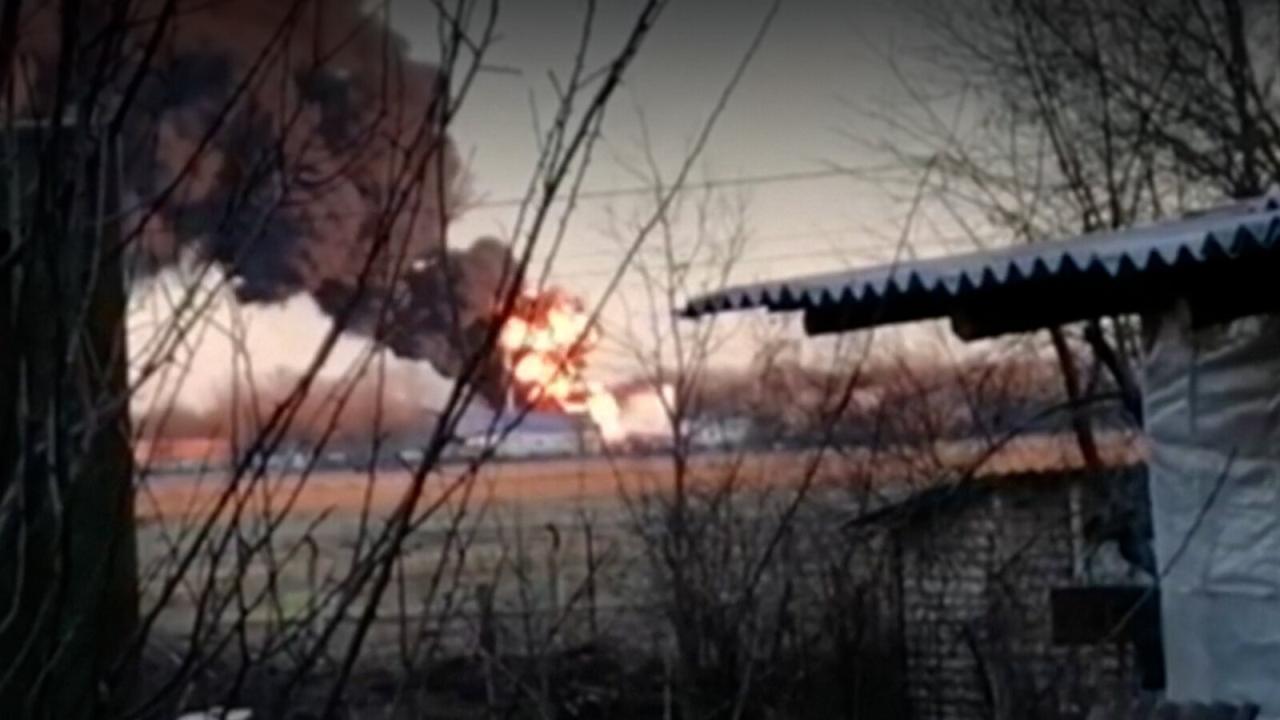Ukraine drone attack on russia – Ukraine drone attacks on Russia represent a significant escalation in the ongoing conflict, marking a shift in the tactical landscape. These attacks, varying in frequency and target, have prompted a complex interplay of military responses, international reactions, and humanitarian concerns. This analysis delves into the geographic scope, types of drones employed, strategic objectives, Russia’s countermeasures, and the broader international implications of this evolving conflict dynamic.
Recent Ukrainian drone attacks on Russian territory highlight the evolving nature of modern warfare, showcasing the potential of unmanned aerial vehicles. This contrasts sharply with the more spectacular, yet peaceful, applications of drone technology, such as the impressive light shows, like the one at the orlando drone show , which demonstrates the versatility of drones. The stark difference underscores the complex implications of this rapidly advancing technology, particularly in the context of the ongoing conflict in Ukraine.
We will explore the effectiveness of these attacks, the potential for escalation, and the long-term consequences for regional stability.
The increasing sophistication of Ukrainian drone technology, coupled with Russia’s evolving defensive strategies, presents a compelling case study in modern asymmetric warfare. We’ll examine the types of drones used, their capabilities, and the challenges they pose to Russia’s military and civilian infrastructure. Further, we will assess the humanitarian impact of these attacks, including civilian casualties and the disruption of essential services.
Ukraine Drone Attacks on Russia
The increasing frequency of Ukrainian drone attacks on Russian territory represents a significant escalation in the ongoing conflict. These attacks, varying in scale and target, have raised concerns about regional stability, international relations, and the potential for further escalation. This analysis examines the geographic scope, types of drones involved, targets, Russia’s response, international implications, and the humanitarian consequences of these attacks.
Geographic Scope and Frequency of Drone Attacks, Ukraine drone attack on russia
Drone attacks on Russia have targeted a broad geographic area, with certain regions experiencing a higher concentration of incidents. The frequency and intensity of these attacks have shown a fluctuating pattern, potentially influenced by various factors including weather conditions, Ukrainian capabilities, and Russia’s countermeasures. The types of drones used have also varied across regions, reflecting differing operational needs and tactical considerations.
| Region | Number of Attacks (Approximate) | Dates (Range) | Reported Damage |
|---|---|---|---|
| Belgorod Oblast | 50+ | Early 2023 – Present | Infrastructure damage, sporadic civilian casualties reported. |
| Bryansk Oblast | 20+ | Mid 2023 – Present | Infrastructure damage, oil depot fires reported. |
| Krasnodar Krai | 10+ | Late 2023 – Present | Damage to oil facilities and infrastructure. |
| Moscow | 5+ | Late 2023 – Present | Minor damage, mostly symbolic attacks. |
Types of Drones and Their Capabilities
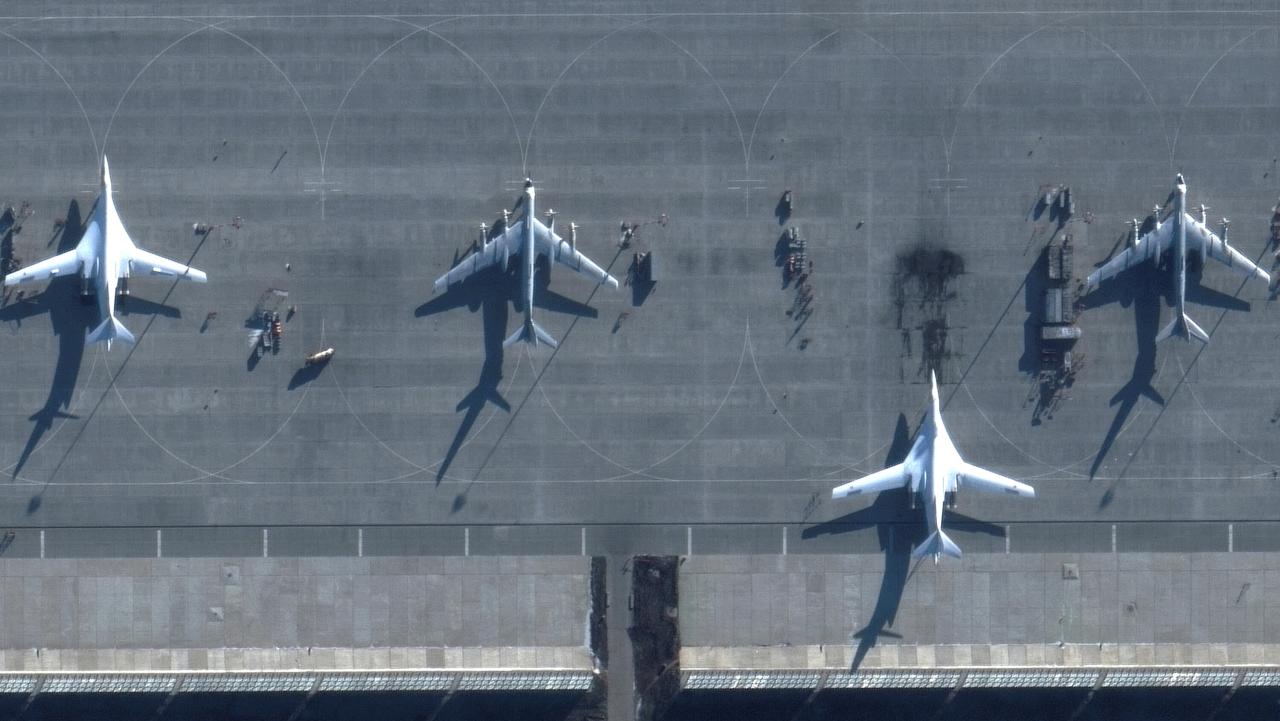
A variety of drones have been employed in these attacks, ranging from commercially available models modified for military purposes to more sophisticated, purpose-built systems. The effectiveness of each type varies depending on factors such as range, payload, evasion capabilities, and the sophistication of Russian defenses.
- Commercially Available Drones (Modified): These are often relatively inexpensive and readily available, but have limited range and payload capacity. Their effectiveness depends heavily on surprise and the ability to overwhelm defenses through sheer numbers.
- Purpose-Built Military Drones: These drones possess greater range, payload capacity, and advanced features such as improved navigation systems, electronic warfare capabilities, and more robust construction. They are more likely to successfully penetrate Russian defenses but are likely more costly and difficult to obtain.
Future advancements in drone technology, such as artificial intelligence for autonomous navigation and improved countermeasures against electronic warfare, could significantly enhance the capabilities of these weapons systems.
Targets and Objectives of Attacks
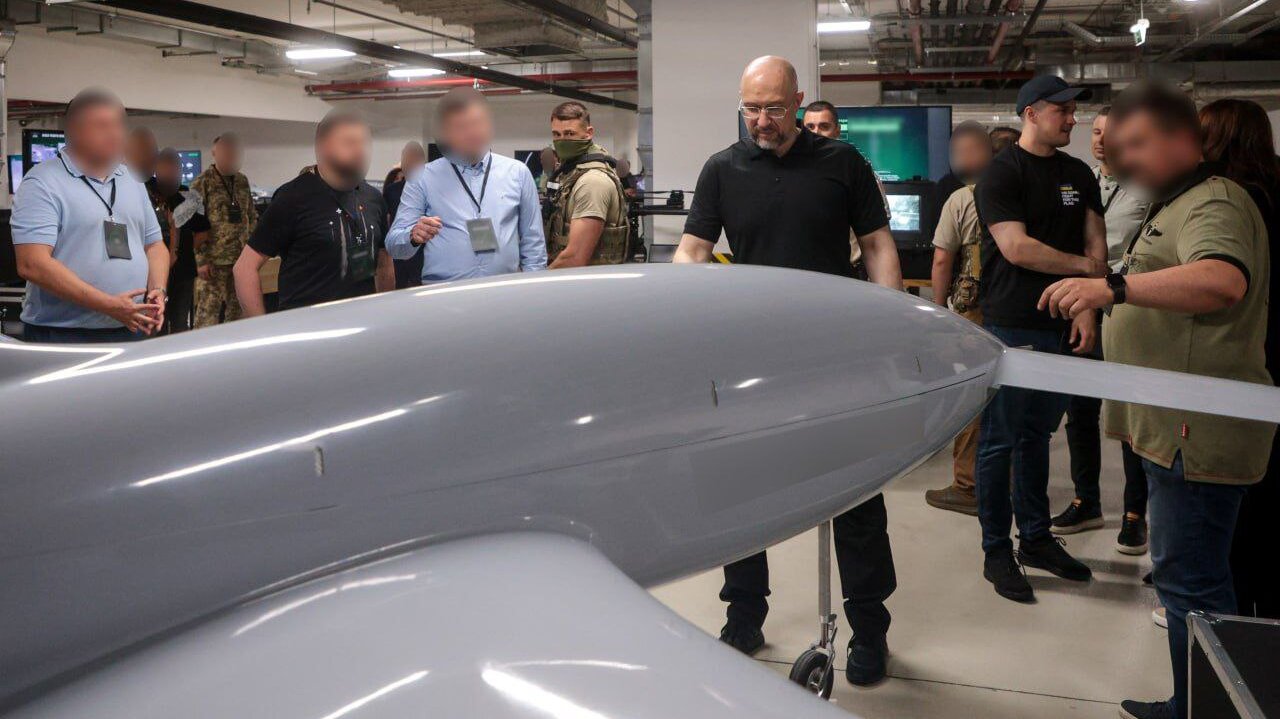
The targets of these drone attacks are diverse, reflecting a range of strategic objectives. The choice of target likely depends on available intelligence, the capabilities of the drones used, and the desired impact.
Recent events highlight the escalating conflict, with Ukraine employing drone technology in attacks against Russia. For detailed information and analysis on these escalating drone operations, please refer to this comprehensive report: ukraine drone attack on russia. These attacks represent a significant development in the ongoing war and raise important questions about the future of warfare. The use of drones in this conflict is a constantly evolving situation.
- Military Installations
- Energy Infrastructure (Oil Depots, Power Plants)
- Transportation Infrastructure (Airports, Railways)
- Symbolic Targets (Moscow)
The strategic objectives behind these attacks are multifaceted. They likely aim to disrupt Russian military operations, degrade its infrastructure, deplete its resources, and undermine its morale. The attacks also serve as a demonstration of Ukrainian capabilities and a means of putting pressure on the Kremlin.
Russia’s Response to Drone Attacks
Russia has implemented various measures to counter drone attacks, including improved air defenses, electronic warfare systems, and deployment of anti-drone technologies. However, the effectiveness of these measures has been mixed, with reports of both successes and failures.
- Improved Air Defenses: Deployment of additional anti-aircraft systems and improved radar capabilities.
- Electronic Warfare: Jamming signals and disrupting drone navigation systems.
- Anti-Drone Systems: Deployment of nets, directed energy weapons, and other technologies designed to neutralize drones.
While some attacks have been successfully intercepted, others have penetrated Russian defenses, highlighting the ongoing challenge of countering these asymmetric threats. Russia’s response has, at times, involved retaliatory strikes, potentially escalating the conflict.
International Implications and Reactions
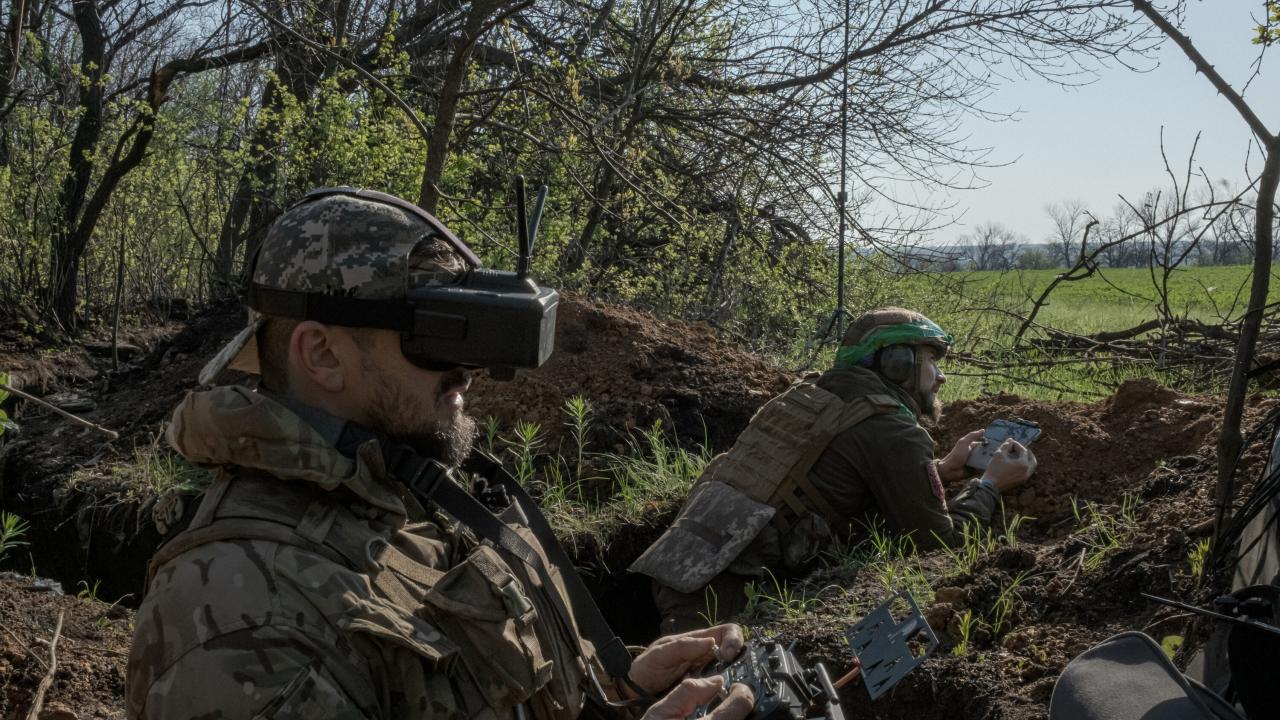
The drone attacks have elicited mixed reactions from the international community. Some countries have expressed concern about the potential for escalation, while others have implicitly or explicitly supported Ukraine’s right to defend itself. International organizations have generally called for de-escalation and a peaceful resolution to the conflict.
The continued drone attacks could further destabilize the region and strain international relations. The potential for miscalculation and accidental escalation remains a significant concern.
Recent drone attacks on Russian territory by Ukraine have highlighted the evolving nature of modern warfare. The precision and range involved are quite impressive, contrasting sharply with the more entertainment-focused applications of drones, such as those showcased at the spectacular florida drone show. However, the underlying technology remains the same, showcasing both the potential for destruction and dazzling displays, leaving us to consider the dual-use nature of this technology in the context of the ongoing conflict in Ukraine.
A scenario where these attacks continue with increasing frequency and sophistication could lead to a further hardening of positions, increased military aid to Ukraine, and potentially even direct military involvement from other actors. Conversely, a successful negotiation could lead to a de-escalation of the conflict.
Humanitarian and Civilian Impact
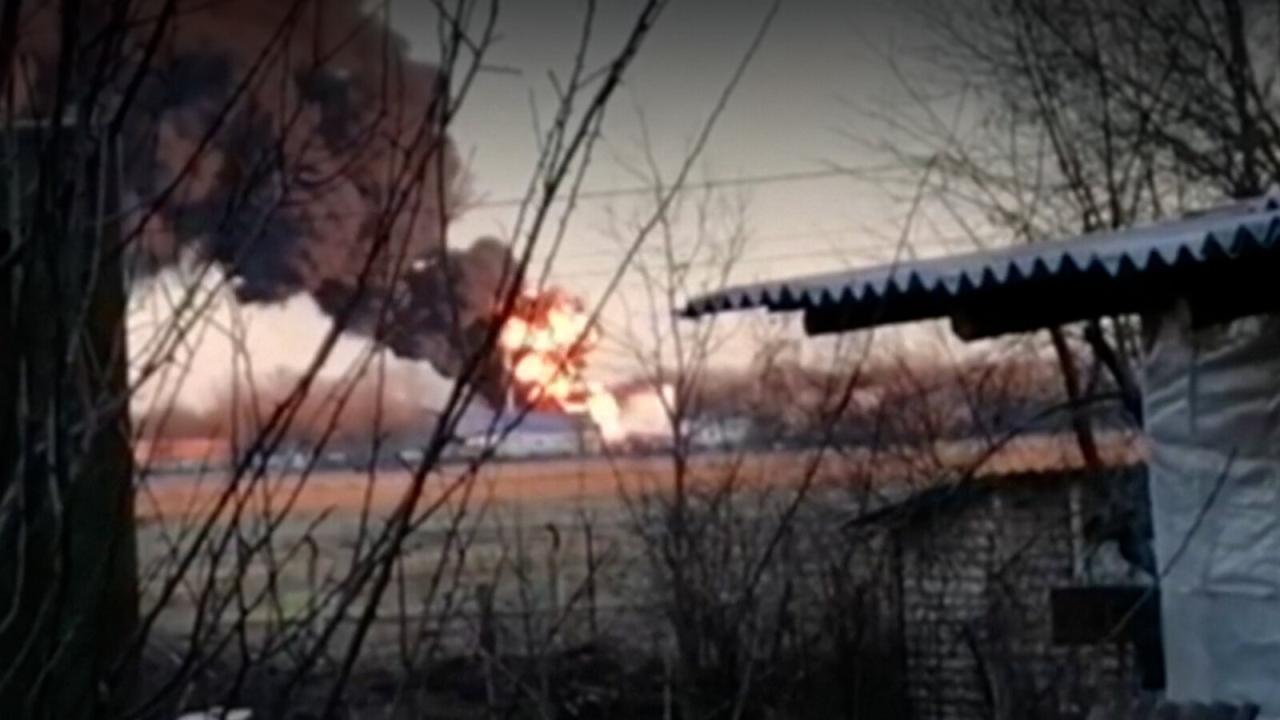
While the primary targets of these attacks are military and infrastructural assets, there have been reports of civilian casualties and damage to civilian infrastructure. The humanitarian consequences include displacement of populations, disruption of essential services, and increased psychological trauma.
- Reports of civilian casualties in Belgorod Oblast following drone attacks.
- Damage to civilian infrastructure, including homes and businesses, in various regions.
- Disruption of essential services, such as power and water supply, in affected areas.
The ethical implications of drone warfare, particularly the risk of civilian casualties, remain a subject of intense debate. The increasing use of drones in conflict raises important questions about accountability and the need for stricter regulations to minimize civilian harm.
The use of drones in the Ukraine-Russia conflict represents a pivotal development with far-reaching consequences. The ongoing attacks highlight the evolving nature of modern warfare and the challenges posed by asymmetric conflict. While the effectiveness of Ukrainian drone strikes remains a subject of ongoing debate, their impact on the conflict’s trajectory, international relations, and humanitarian landscape is undeniable. Future developments will likely hinge on the continued evolution of drone technology, the efficacy of Russia’s countermeasures, and the international community’s response to this escalating situation.
The long-term implications remain uncertain, demanding continued analysis and careful observation.
Clarifying Questions: Ukraine Drone Attack On Russia
What is the primary objective of Ukrainian drone attacks on Russia?
The primary objectives are believed to be a combination of military disruption (targeting military assets and infrastructure), strategic messaging (demonstrating Ukrainian capabilities and resilience), and potentially inflicting economic damage.
How does Russia respond to these attacks?
Russia employs a multi-layered response including electronic warfare, air defenses, and potentially ground-based counter-drone systems. The effectiveness of these measures varies.
What international bodies are involved in monitoring or addressing these attacks?
The UN, NATO, and various individual nations are involved in monitoring the situation and issuing statements, though direct intervention remains limited.
Are there any international laws governing the use of drones in conflict?
International humanitarian law (IHL) applies, particularly regarding the principle of distinction (between combatants and civilians) and proportionality (in the use of force).
